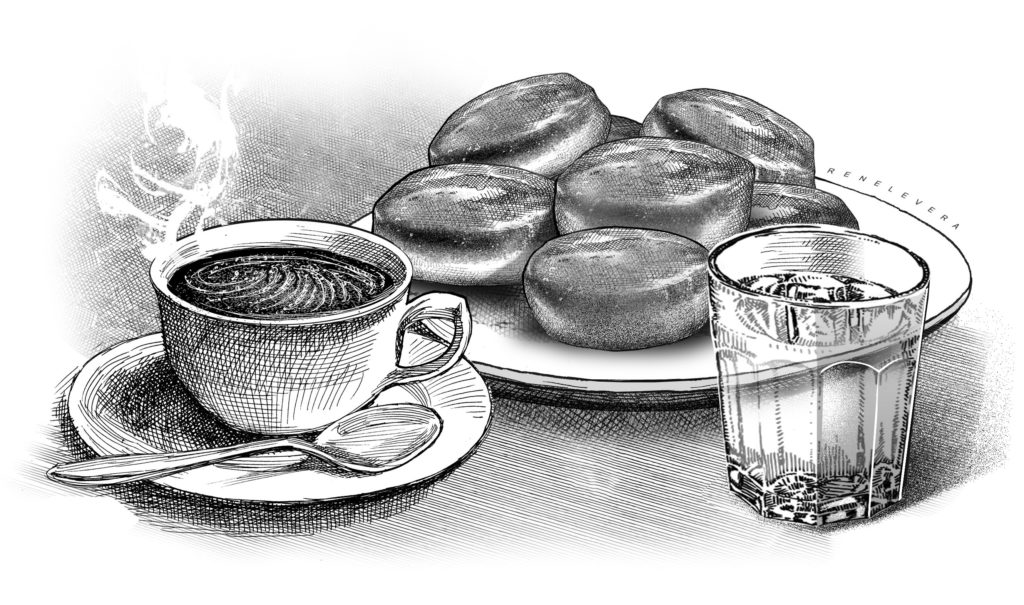And so it’s June, the first day. Just two days before, the wife and I drove thirty kilometers south to a little house. We took with us four large pots of white bougainvillea, one of them with a sprinkle of scarlet, to range across the frontage to the street.
The unit forms part of a row of low-cost houses on a lot set aside for typhoon victims. Attracted by the price and the thought of a hideaway in the country, we bought it on a whim and used part of our retirement savings to spruce it up.
At first, we had second thoughts about the flowers, which we would have to leave in the sun. Who would water them? Fortunately, bougainvillea thrives in hot weather and dies if overwatered. Besides, our next-door neighbor assured us that he would swing his sprinkler over it every day, adding, not without regret, that in fact he did this to all the flowers in the neighborhood, which the owners, despite their neglect, had found miraculously thriving.
If one had a soul like his, and I have no reason to doubt that his kindness applied to humans and animals as well, one would never lack for nourishment, that which one needs more than, well, the flowers need the rain.
For me, that nourishment refers to the body and blood of Christ in the consecrated bread and wine. In his Gospel account of Jesus’ Passover meal with the apostles, Mark writes:
“While they were eating, he took bread, said the blessing, broke it, and gave it to them, and said, ‘Take it; this is my body.’
“Then he took a cup, gave thanks, and gave it to them, and they all drank from it.
“He said to them, ‘This is my blood of the covenant, which will be shed for many. Amen, I say to you, I shall not drink again the fruit of the vine until the day when I drink it new in the kingdom of God.’”
This I connect with what, according to John, Jesus said: “Whoever eats my flesh and drinks my blood has eternal life, and I will raise him on the last day. For my flesh is true food, and my blood is true drink.”
The Eucharist, which the Church declares the summit and source of the Christian life — has enthralled not just the theologians but also the philosophers and artists. For the Feast of Corpus Christi, St. Thomas Aquinas wrote the hymn, “Sacris Solemniis.” In 1872, Cesar Franck set the second to the last stanza of the hymn to music. This we now know as “Panis Angelicus” (Bread of Angels):
Panis angelicus
Fit panis hominum
Dat panis coelicus
Figuris terminum
O res mirabilis
Manducat dominum
Pauper, pauper
Servus et humilis
And by the way, speaking of bread, I should have asked the neighbor, before we left, if someone — a delivery boy — came around every morning with a basket of pan de sal. Because, after attending the Holy Mass at sunrise in a nearby church, we could set up a table before the bougainvillea and have coffee and rolls. Which should be good enough, not just for June, but the rest of the year.
Disclaimer: The comments uploaded on this site do not necessarily represent or reflect the views of management and owner of Cebudailynews. We reserve the right to exclude comments that we deem to be inconsistent with our editorial standards.

